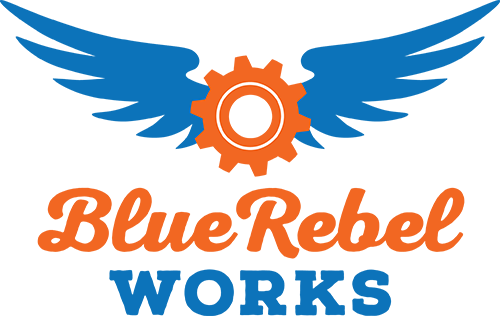Work from Home Policy:
Work from wherever is best, whenever it’s best for you to meet your personal and team objectives.
That’s it. That’s the policy.
OK, I know what you’re saying…
“But, Pam, not everyone can work from home!”
True. “Wherever is best” for some people might be in the retail store or on the manufacturing floor. Great!
Some people may simply work better in the office – they need a break from home to be at their best. Also great!
What I do want to challenge is the thought that people can’t figure it out for themselves. If we assume we’ve hired competent adults, we should be able to assume they will be responsible enough to know where, when and how to get their work done best.
“How are we going to collaborate if everyone is working remotely?”
I hope that the forced remote work situation caused by the pandemic has helped us to realize that collaboration can happen in many ways – we don’t have to be physically together to have meaningful discussions, to brainstorm, to make decisions…
I actually challenge the thought that there is any sort of collaboration that can’t happen effectively online.
Other than missing out on hugs and handshakes, if you’re intentional about what technology you use, how you use it, and about the format of your meetings, you can build trust, psychological safety and a high performing team, all online.
I love getting together physically, and don’t suggest you never do this if you’re able to. But day-to-day work can easily happen without being in the same room.
“How will I know the work is actually getting done if people are not in the office?”
If you’re worried about this, it’s possible that you’re not clear about “the work.”
If you’ve been clear about what needs to be done – the objectives you are aiming for and the purpose of your role, team and organization – then you should be able to see if the work isn’t getting done without watching people do the work.
Here are four keys to cultivating clarity about work:
- Start with getting crystal clear about your strategy and purpose. What are the top three things everyone in the organization should be focused on? How does the work you do make a difference to your customers, community or the world?
- Next, make sure everyone is clear about how the outcomes of their work impacts their colleagues, your customer, projects and the strategy. Do they know how the report they create is used to make decisions? Do they know why a customer wants an ad run in a certain way? When everyone understands the purpose and the connections between what they do and others, they can make better decisions to help you and your customers be more successful.
- Understand your team’s work and behaviour styles. Some people will need more specifics, some want less. Some people will want to connect more, some will want to be left alone. We all have different styles. We use Thomas international’s PPA assessment which now has a specific report all about remote working and what individuals will specifically need more or less of in a remote working environment. Book a call to see a sample, to use this assessment with your team, or to have us run a team optimization session.
- If things go wrong, provide feedback and coaching. Point out the expectation and how it wasn’t met. Ask what went wrong. Coach the person to identify challenges and solutions. Don’t resort to telling people they have to come back to the office as a punishment. If you need a list of coaching questions, contact me – I’ll send you a list of our favourite coaching questions for accountability.
Here’s a quick video where I discuss setting outcome-focused objectives and tasks.
What else are you worried about, when it comes to your policy for working from home?
Download our free Pandemic Work Report for insights and strategies to help make remote work work and more!


Recent Comments